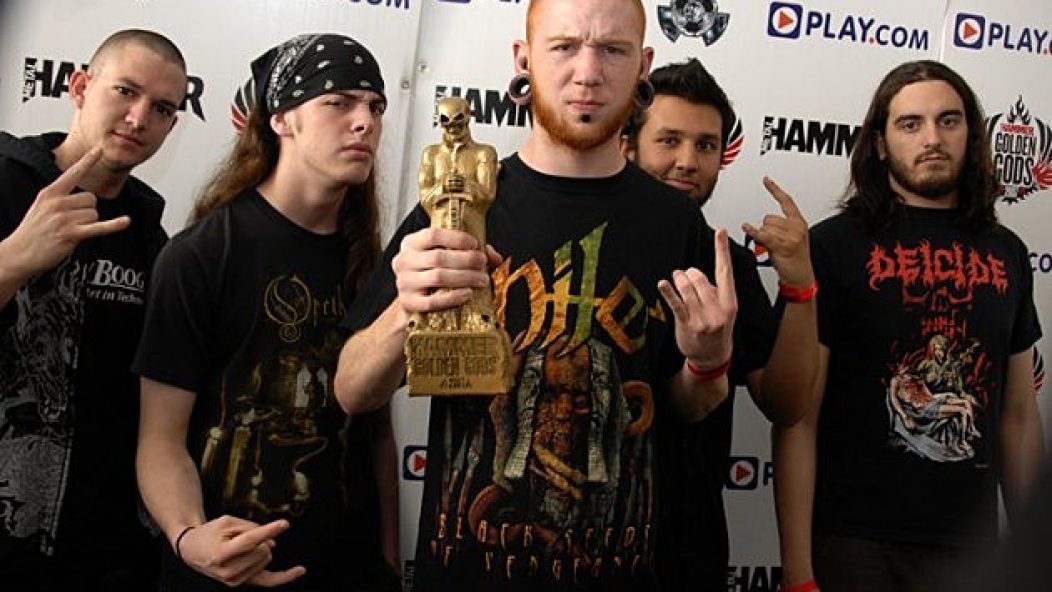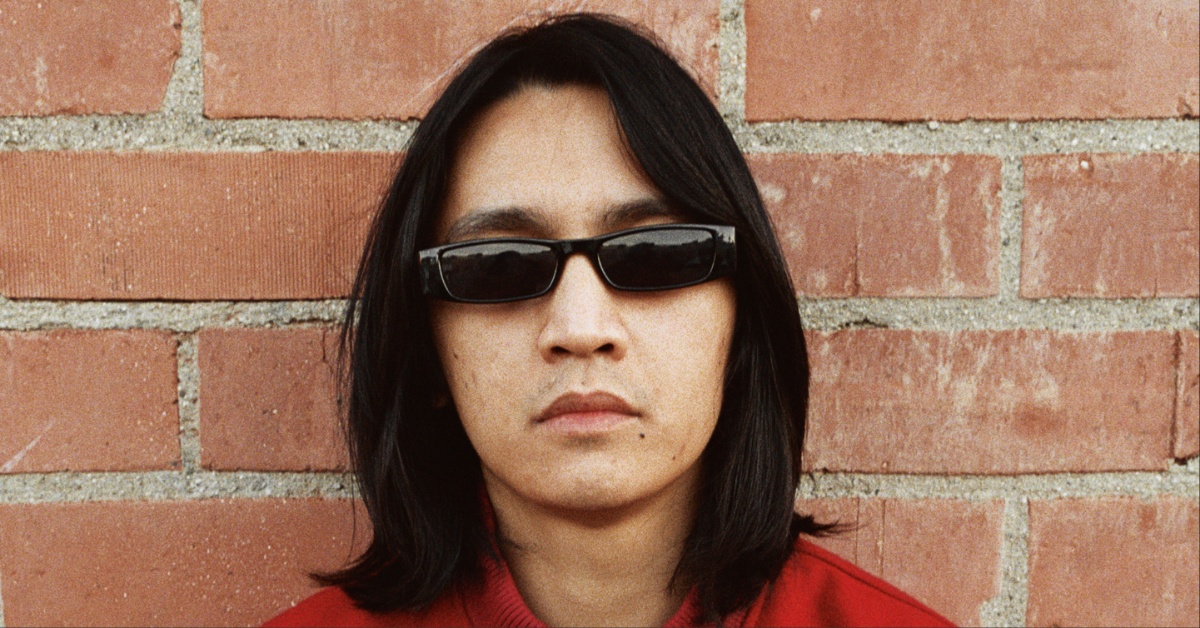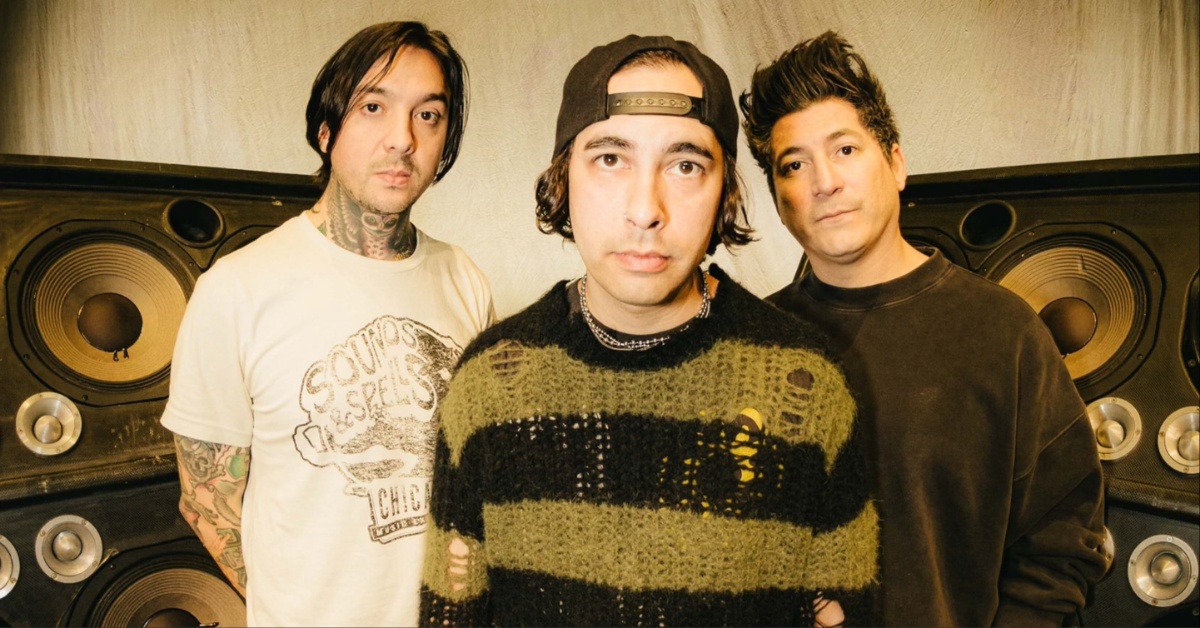
Deathcore, Ten Years Later
…
Deathcore is now a decade old.
Let that sink in for a moment. Deathcore, bastard scion of hardcore, metalcore, and death metal, beloved by teens everywhere from 2006 to 2010 and perennial pariah of the brutal and kvlt sets, is now a decade old. This age is, to be fair, somewhat arbitrary; we can argue that the genre truly began with Suicide Silence and Animosity around 2004 (in particular Suicide Silence’s 2004 Family Guy demo). However, 2006 was the year Metal Blade reissued Job For A Cowboy’s Doom EP which, for most fans including myself, was the first time most metalheads had ever heard true deathcore.
It would be an understatement to say that the subgenre expanded exponentially after that: 2007 marked the boom year of deathcore, and within two years had enjoyed an almost unheard of level of popularity: Suicide Silence’s The Cleansing peaked at 94 on the Billboard 200 only five years after Century Media’s first foray onto the charts, sold 7000 copies in its first week, and ended up becoming one of Century Media’s best selling debut albums. Furthermore, Carnifex’s 2007 album Dead In My Arms sold 5000 copies in its first week after virtually no publicity.
After a decade of existence (roughly 1986-97), death metal had firmly established itself in the metal pantheon, revered and accepted by virtually anyone into extreme metal. Ten years into its lifespan (about 1994), black metal, while controversial, was experiencing its artistic heyday. Yet after ten years of deathcore, the genre, while wildly popular, has yet to break through to critical acclaim in the same way as its brethren. Note the year-end lists for many critics from 2015: rife with black metal, doom, and the avant-garde, but, even on more mainstream lists from Kerrang and Revolver, remarkably scant mention of deathcore. However, as we near 10 years of this subgenre’s existence, it is important to consider not only how it has grown, but how deathcore has informed the tastes and trends of millenial metalheads such as myself.
I was 15 when I first heard Doom, late in 2006. At first, deathcore seemed more like a subsubgenre of death metal that put breakdowns before blasts. However, its adolescent rage was precisely what I wanted out of metal. The following year sealed the deal. I was one of many whose introduction to deathcore mirrored the zenith of MySpace, and in 2007 it was virtually impossible to find a friend’s page without hearing “Entombment of a Machine” or “Knee Deep” blasting from the media player. [These songs are still Job for a Cowboy’s most-played songs on Spotify by a margin of several hundred thousand plays– Ed.]
Deathcore was among the first metal subgenres to be born during the age of the internet, and thus one of the first to rise to prominence among millenials, the generation that grew up alongside the internet. Where previous metal subgenres had navigated the pre-digital world of tape-trading and letter writing, now any kid with an internet connection could find what he was looking for within seconds, and the scene expanded rapidly. If you needed inspiration, all you needed to do was browse MySpace’s music pages and instantly discover new bands.
Deathcore and MySpace made excellent bedfellows. The former social media giant’s simple interface and customizable pages made it a perfect resource for new bands with little money or experience to reach a wide audience. Their music disseminated quickly as well: this was the golden era of file-sharing, when Mediafire and Megaupload were in their prime and Blogspot repositories of download links were plentiful.
I spent the summer of 2008 madly downloading deathcore and death metal albums from blogs like Deathcore is Sexy until my hard drive maxed out. It was unethical, but it was also a window into vast amounts of bands I might never have known otherwise.
Of course, such a massive expansion couldn’t happen without backlash, and what a backlash there was. Because deathcore was a genre of millennials spread through the internet, most of its fans were teenagers who, in turn, followed the teenage trends of the day (swoopy hair, testicle-crushing jeans, eyeliner, you get the idea). Indeed, MySpace itself helped this look proliferate as the website’s layout put images of the band and its fans side by side, which elevated the aesthetics to an equal footing with the music. This aesthetic was not only limited to fashion: the rhythmic churn of deathcore lent itself better to hardcore-style karate dancing than traditional moshing, and kicks to the head became more common than slams to the chest.
Older metal fans had no idea what to make of these new beswooped, spinkicking arrivals, and since metal is insular and home to many close-minded old farts, confusion quickly turned to derision. I distinctly recall seeing Nile and Suicide Silence on tour in 2009: when Suicide Silence took the stage, the older death metal fans in the crowd instantly took to chanting “Myspace! Myspace!” at the band. This 2009 Cattle Decapitation shirt, with its “Gore Not Core” logo, speaks for the rift that kept (and, often, still keeps) deathcore from acceptance by the metal cognoscenti. And the gap wasn’t entirely dependent on age, either: younger metal fans who felt excluded by the “in crowd” of deathcore found themselves equally opposed. From 2009 until 2011, I completely shut deathcore off of my cultural radar, seeking to supplant “br00tal” with “trve.”
With the fast growth of the scene came the fast growth of sub-subgenres as well: in 2016, deathcore is mother to sludgewave, beatdown, and djent, among other demons. More bands means greater need for originality; crossover and microgenres proliferate to meet that demand. Already, the line blurs between what is deathcore and what is death metal, particularly in highly technical bands like Rings of Saturn. Simply by relation to death metal, deathcore raised the public profile of death metal substantially, and will continue to do so into the next decade. Not only have bands like Suffocation and Dying Fetus seen surges in popularity due to this association, but many deathcore bands have moved into a more death metal style (Job For A Cowboy) and, more rarely, vice versa (Cryptopsy’s interesting but oft-panned The Unspoken King). You could argue that the very existence of the OSDM revival was due to deathcore, both consequent to this rise in popularity and as backlash.
To that end, perhaps there will also be an old-school movement like retro-thrash and the NWOOSDM. It is possible that the coming years will see old-school deathcore arise, hewing closely to the sound of Doom and The Cleansing. We may see “classic deathcore” records referenced, certainly the previous two but maybe others like Dead In My Arms, The Somatic Defilement, or The Ills of Modern Man. Second-tier projects like Knights Of The Abyss or Rose Funeral may see resurgences and reissues as a new breed of retro deathcore nerd emerges. Could you imagine a 2026 forum of the NWNProd model discussing a reissue of Waking The Cadaver’s 2006 demo?
I’ve reconsidered deathcore in recent years, and while I still enjoy it, I’m not as enamored as I was as a teenager. Nothing’s ever going to feel the way it did 10 years ago. Still, as a genre with a decade under its belt, the early stuff still sounds fresh. Listening to Doom in 2016, the breakdown on “Entombment of a Machine” remains skull-pounding. Deathcore may have eluded or been forgotten by many metal fans, but it also was a milestone in the metal fandom of many millennials. May the decade to come bring more innovation and, perhaps, more respect.
…
Happy Birthday
…











